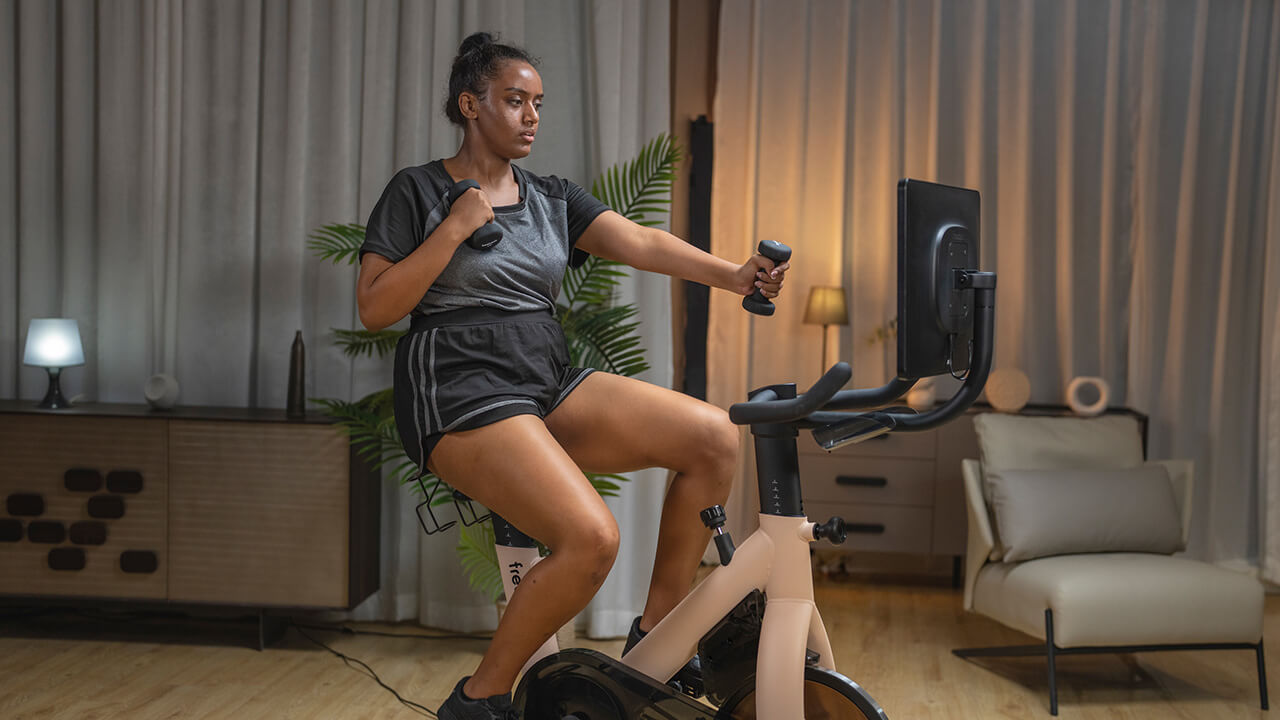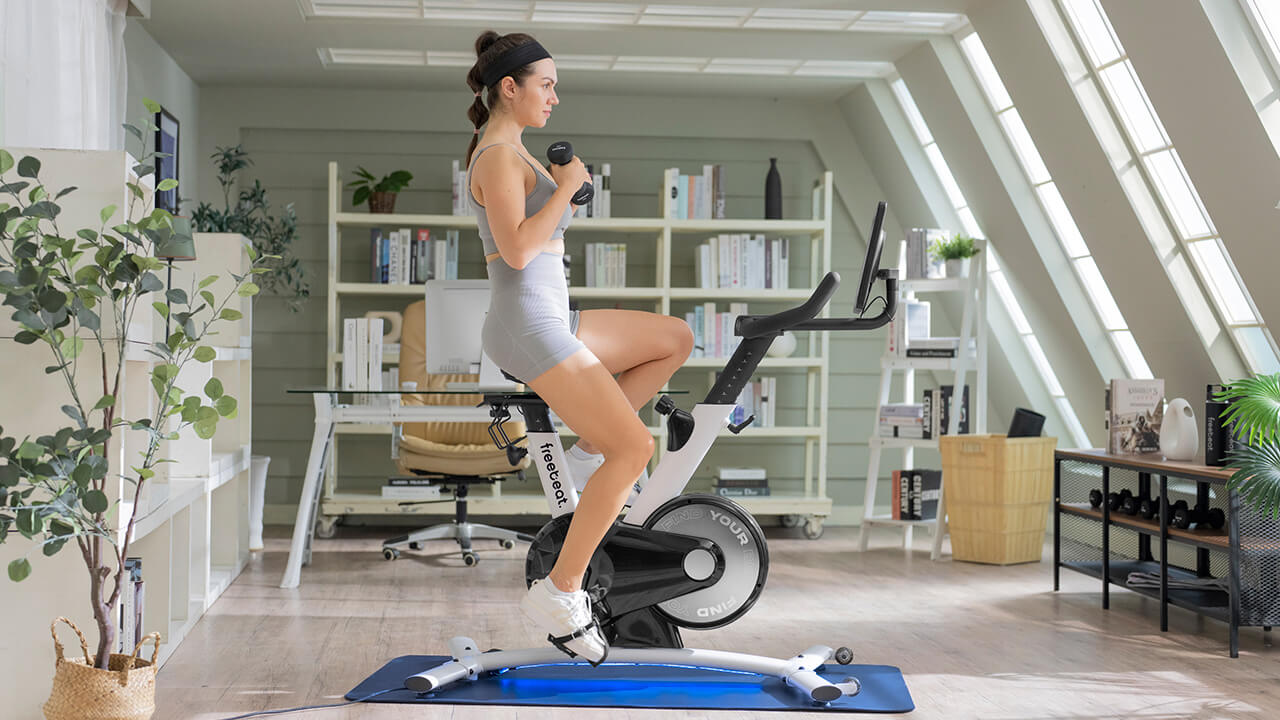The Ultimate Guide to Shoulder Workouts: Sculpting Your Delts
Shoulder workouts often take a backseat in many training routines, overshadowed by chest, bicep, and thigh-slimming exercises. However, sculpting your deltoids is crucial for a well-rounded fitness regimen, ensuring functional strength and an impressive physique. By focusing on effective exercises, mastering shoulder workouts with dumbbells, and understanding injury prevention, you can elevate your shoulder training to new heights.
Importance of Shoulder Workouts in Everyday Function and Sports
Your shoulders are involved in a myriad of everyday movements, from pushing and pulling to lifting and reaching. Strong shoulder muscles enhance stability, prevent injury, and contribute to a balanced physique. Athletes, in particular, rely on their shoulders for many sports-specific actions, making deltoid strength and mobility a top priority.

Effective Shoulder Exercises for a Comprehensive Workout
An effective shoulder workout is one that targets all three heads of the deltoid muscle— the anterior (front), lateral (middle), and posterior (rear) heads. Here are some exercises that can help you achieve a comprehensive shoulder workout:
Overhead Press
A fundamental shoulder exercise, the overhead press is a compound movement that engages all three deltoid heads. This can be performed with a barbell, dumbbells, or even kettlebells. The exercise can be done seated or standing, which also works your core and legs, providing a full-body workout when done with proper form. For a unique experience, consider using equipment like the freebeat exercise bike's app to follow along with dumbbell classes, maximizing both efficiency and enjoyment.
Lateral raises are excellent for isolating the medial deltoid. By lifting your arms out to the side, you work the muscle responsible for the 'capped' look that many bodybuilders strive for. It's important to perform lateral raises with a controlled motion to avoid momentum taking over and sacrificing form.
Front Raises
Targeting the anterior deltoid, front raises are usually performed with dumbbells or a barbell. They involve lifting a weight in front of you and are great for working on shoulder definition and strength, particularly to balance out the often more dominant chest muscles.
Reverse Flyes
Reverse flyes target the rear deltoid and are performed with dumbbells. This exercise is essential for developing a balanced shoulder as it often is undertrained compared to the anterior and lateral heads.
Upright Rows
Upright rows can be done with a barbell or dumbbells and mainly activate the lateral deltoid along with the trapezius and other upper back muscles. They're known to be controversial due to the potential for impingement in the shoulder joint, so it's crucial to use caution and not to use a wider grip than shoulder-width.
Mastering Shoulder Exercises with Dumbbells for Enhanced Muscle Symmetry
Shoulder workouts with dumbbells offer a range of benefits, including the ability to work each arm independently, which helps in correcting imbalances and improving your overall strength. Dumbbell exercises also require the use of stabilizing muscles, making them great for functional strength. Here are some dumbbell-specific shoulder workouts:

Dumbbell Press Variations
Similar to the barbell overhead press, the dumbbell press can be done in various ways—seated, standing, and with different grip widths. These variations allow for a more natural range of motion, especially for those with shoulder mobility issues.
Dumbbell Lateral and Front Raises
Performing lateral and front raises with dumbbells provides the flexibility to adjust weights and range of motion. This can help in doing these exercises with better form and thus getting more value out of each movement.
Arnold Press
Named after Arnold Schwarzenegger, this press starts with the palms facing towards the body and ends with the palms facing forward, which can be more beneficial in hitting different areas of the shoulder compared to a standard press.
Preventing Injuries: Best Practices for Safe Shoulder Training
Shoulder injuries can be debilitating for fitness progress and daily life. Hence, injury prevention is vital for longevity and sustained training. Perform these workouts with mindfulness:

Warm-Up
Ensuring you perform a proper warm-up before jumping into shoulder workouts can help prepare the muscles, tendons, and ligaments for the work ahead. This can include arm circles, arm swings, and light shoulder presses with minimal weight.
Correct Form
Proper form during shoulder workouts is critical. Common mistakes include using too much weight, jerking the arms, and arching the back. All of these can lead to injury and reduce the effectiveness of the exercise.
Mobility Work
Incorporating shoulder mobility exercises, such as shoulder dislocations, can help maintain and increase the range of motion in your shoulder joints, which is essential for injury prevention and improved performance.
Rest and Recovery
Just as important as the workout itself is the recovery process. Ensure you're getting adequate rest between shoulder workouts and consider massage, foam rolling, and other recovery techniques to reduce muscle soreness and risk of injury.
Eat Before or After Your Shoulder Workout?
The timing of your meals concerning shoulder workouts can impact your performance. Eating a balanced meal a few hours before your workout can provide the energy you need, while consuming protein and carbs within an hour after can help with recovery and muscle building. Ultimately, listen to your body and give it the fuel it needs for optimal performance.
Tailoring Shoulder Workouts for Women and Men
While the basic principles for shoulder workouts remain the same for both men and women, some may have different goals and starting points. For example, women may wish to focus on toning and strength, while men may aim for more bulk. Tailoring weights and reps to these goals is key.
Designing a Full and Back Shoulder Workout
A complete shoulder workout will include exercises that target all three heads. A back shoulder workout can focus more on posterior deltoid exercises but should still include movements for the anterior and lateral heads for balance.
In the pursuit of toned and functional shoulders, consistency is key. Aim to include shoulder workouts at least once a week in your overall fitness regimen. Always listen to your body and adjust the workouts as needed, and don't shy away from seeking professional guidance if necessary. With proper form, rest, and nutrition, you can achieve strong and defined shoulders for a healthier and more confident you. Therefore, it's important to prioritize proper form and gradually increase weight and intensity rather than rushing into heavy lifts. Additionally, incorporating shoulder mobility exercises can aid in preventing injuries and improving overall performance.
For women looking to tone their shoulders, higher reps with lighter weights may be more beneficial. Men aiming for bulk may choose to incorporate heavier weights and lower reps. It's essential to listen to your body and adjust accordingly based on your individual goals and capabilities.
A balanced shoulder workout should include exercises that target all three heads of the deltoid. This can be achieved by incorporating a combination of overhead presses, lateral raises, front raises, reverse flyes, upright rows, and other variations. It's also important to vary the grip width and range of motion to ensure all areas of the shoulder are being worked.
In addition to specific shoulder exercises, it's also important to include compound movements that engage the shoulders, such as push-ups, pull-ups, and rows. These exercises can provide a well-rounded workout for the entire upper body.
Overall, designing an effective shoulder workout should focus on proper form, gradual progression, and targeting all three heads of the deltoid. By incorporating these principles and tailoring the workout to individual goals, one can achieve stronger, more toned and functional shoulders. Remember to always listen to your body and seek professional guidance if needed for proper form and injury prevention. With dedication and consistency, you can achieve your desired shoulder strength and aesthetics. So keep pushing yourself with dumbbells and other shoulder exercises, and make sure to prioritize rest and recovery for a well-rounded and effective workout routine. Stay consistent, stay safe, and watch your shoulders grow stronger with each session!
Conclusion
Developing strong shoulders is crucial for overall physical health and athletic performance. Incorporating a variety of exercises and using proper form can help you achieve comprehensive shoulder workouts and prevent injury. Consider using dumbbells for flexibility and isolation, but always prioritize safety with proper warm-up, form, and recovery. And remember, fueling your body with the right nutrition is just as important as the exercises themselves. With consistency and dedication, you can achieve strong and well-defined shoulders that will improve your overall fitness level. So keep working hard and make shoulder stability a top priority! Keep pushing yourself to new limits and watch your shoulder strength grow along with it. And always remember to consult a professional trainer or doctor if you experience any pain or discomfort during your workouts. Your shoulders are an essential part of your body, so take care of them and they will support you in all your fitness endeavors!















